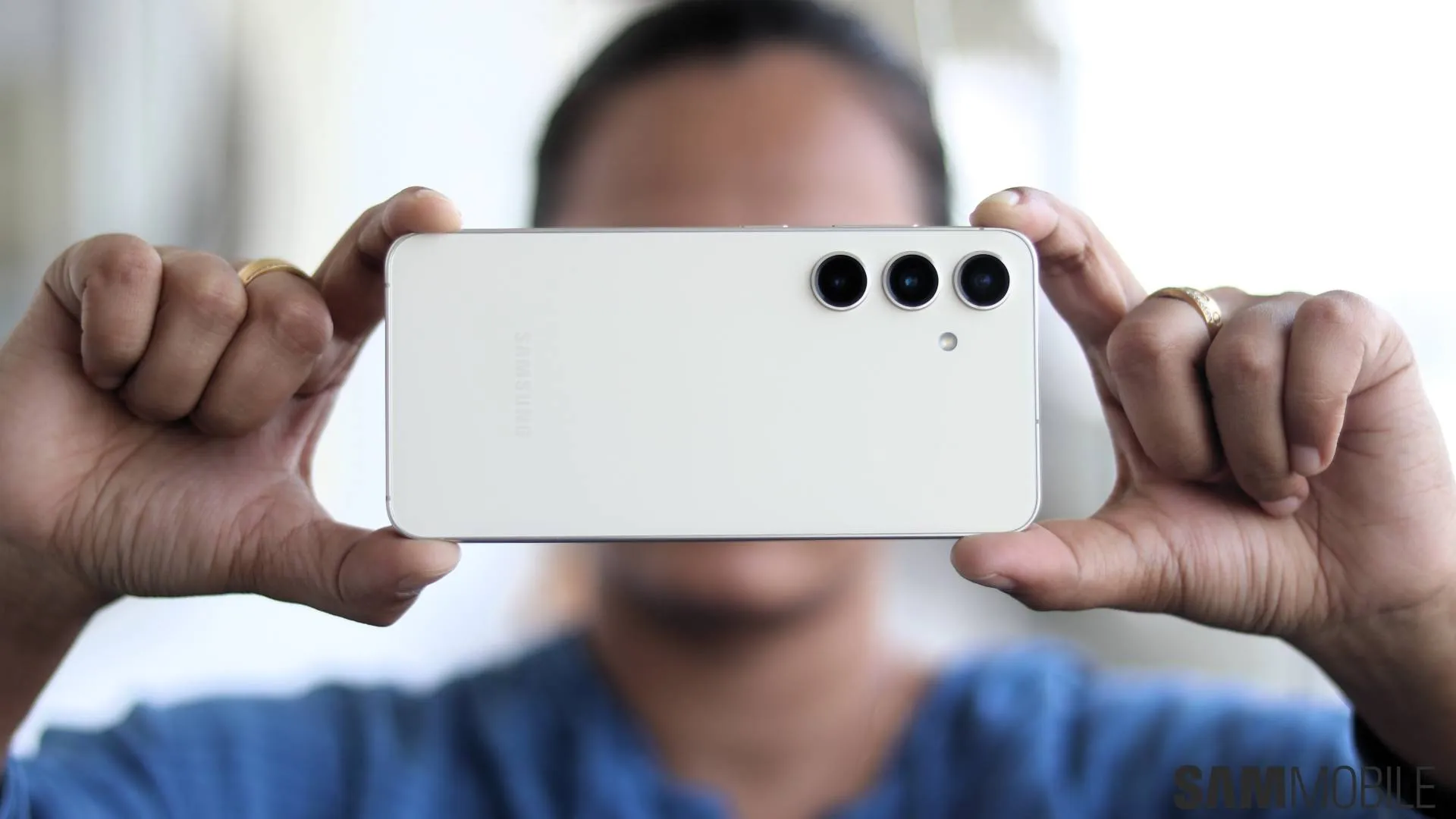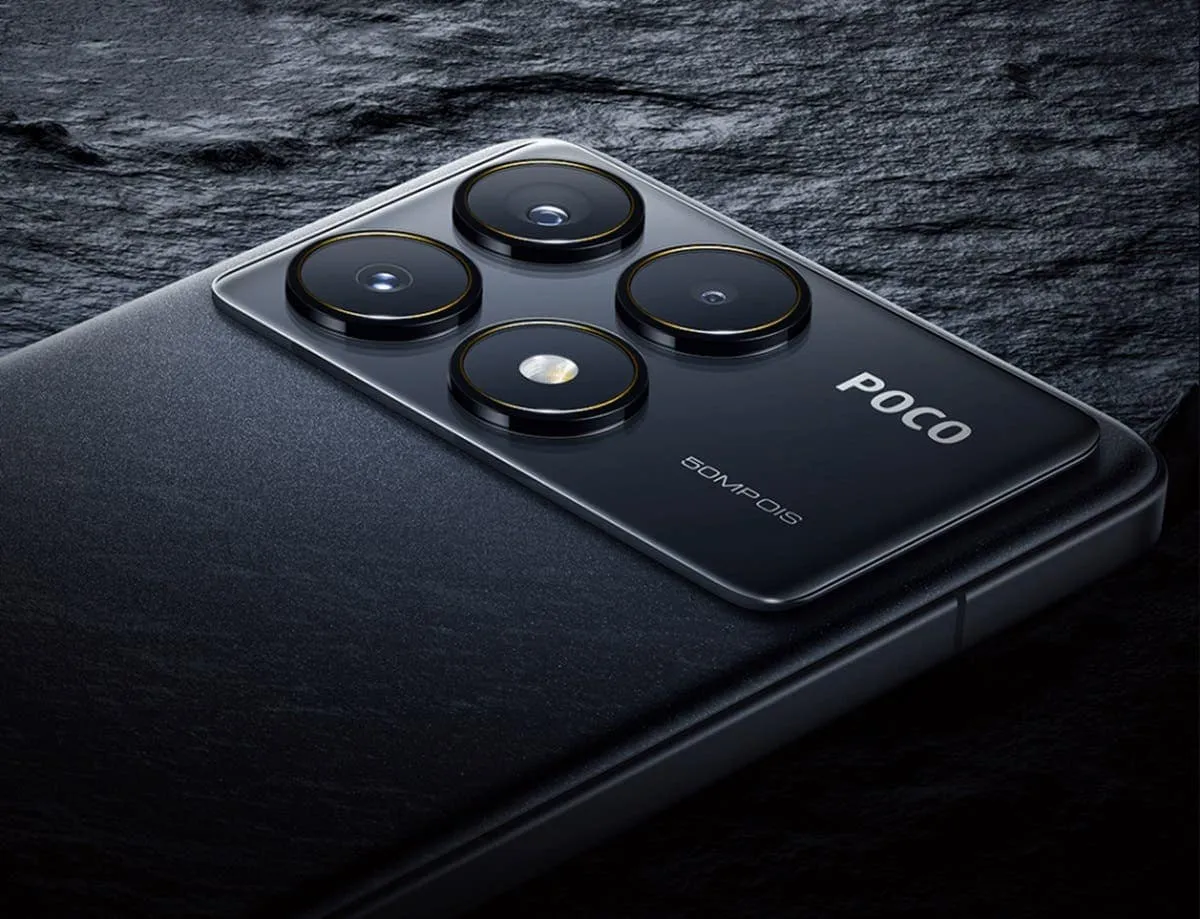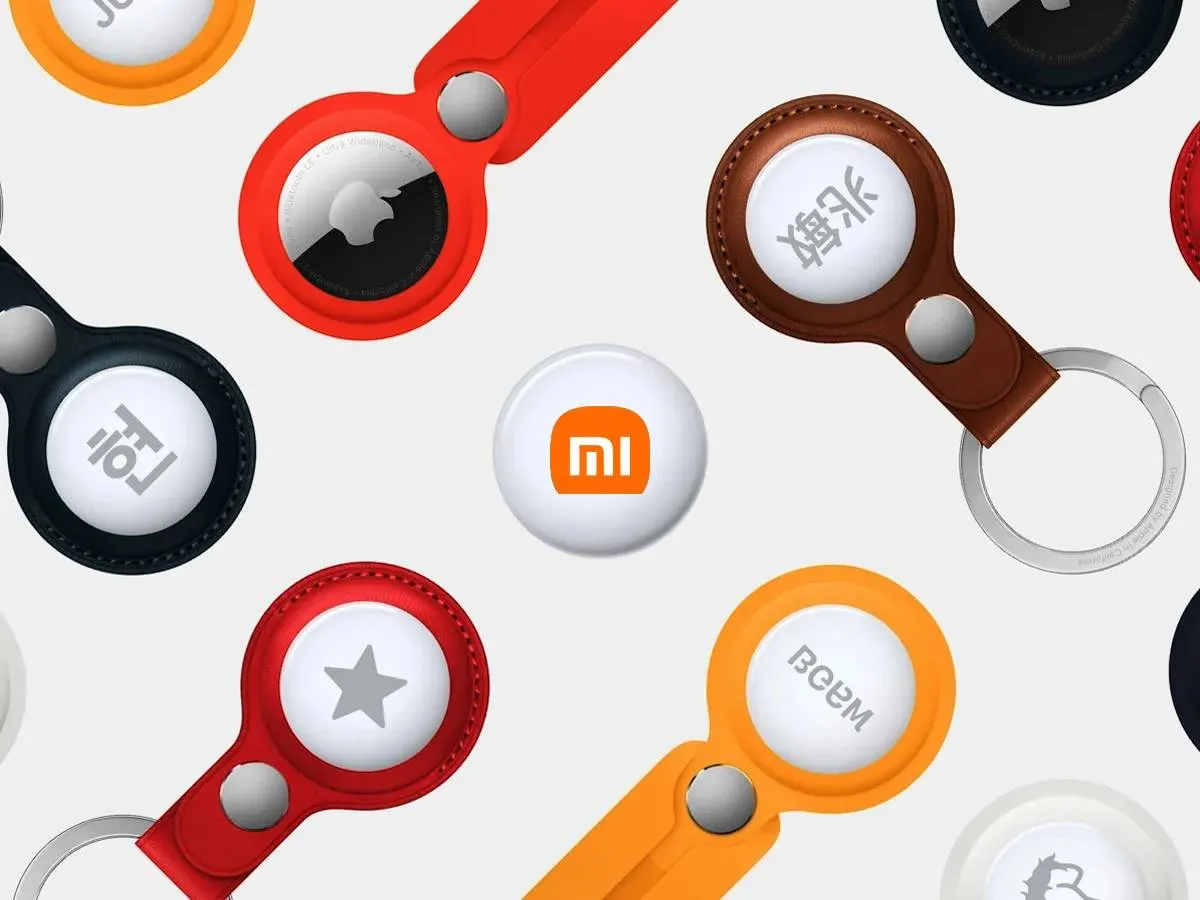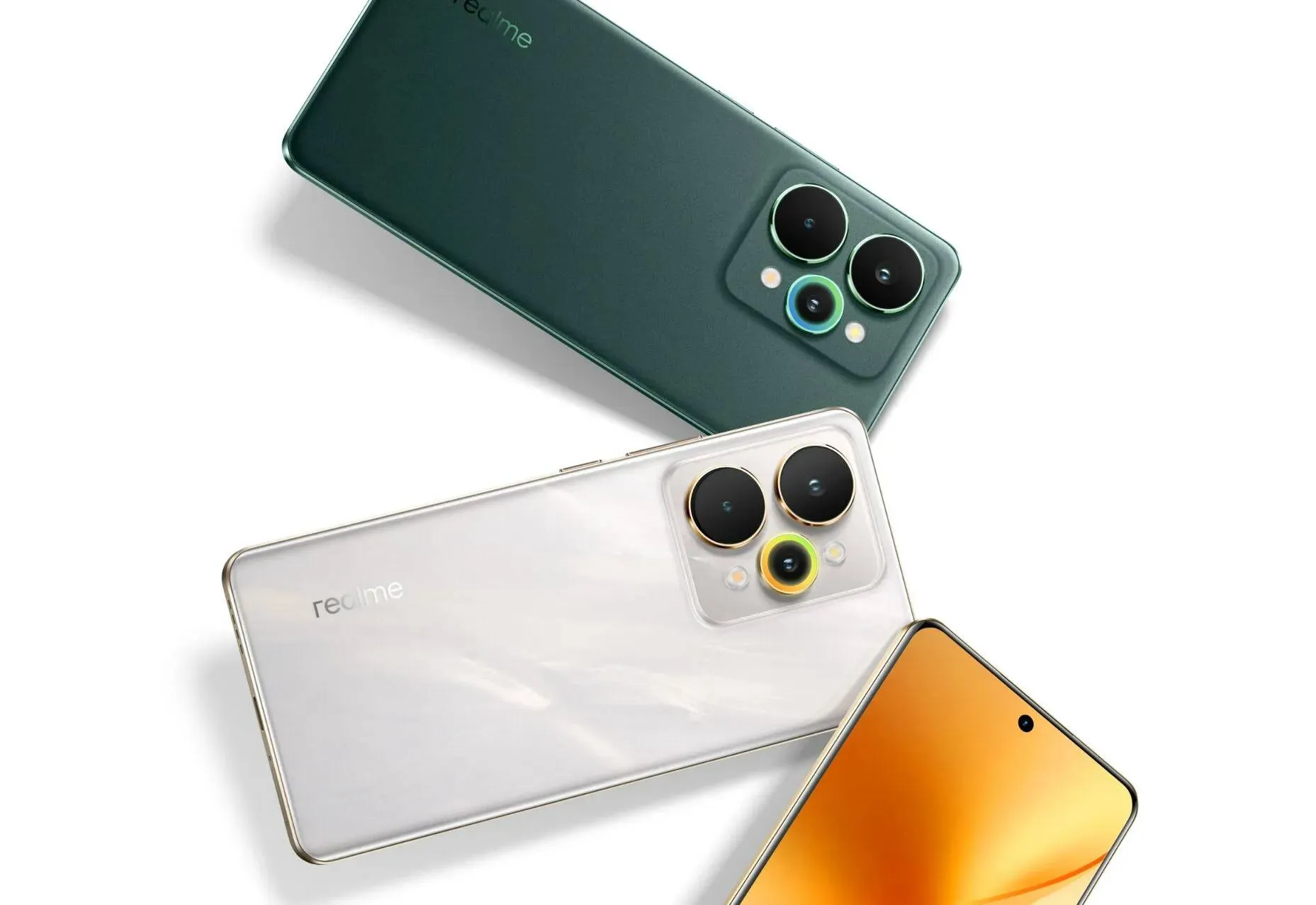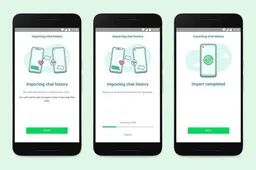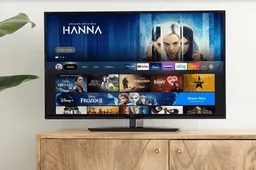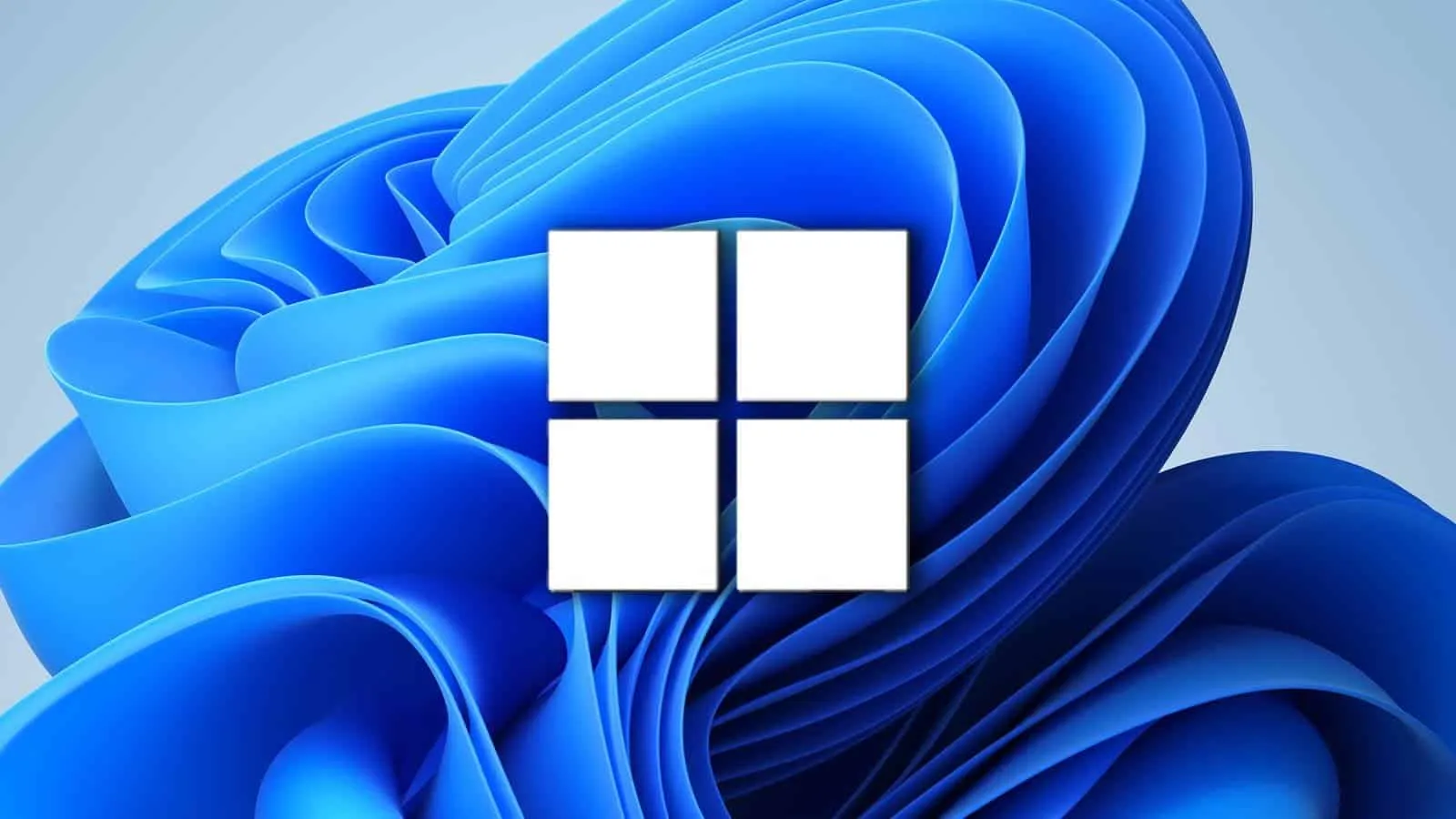
Starting from October 5, the Redmond-based tech company will start rolling out Windows 11. A very important feature promised previously, that is Android app support, won’t be delivered. Today, the net was buzzing that the Windows Subsystem for Android has appeared on the Microsoft Store. Moreover, you can download it.

Unfortunately, when you open the app that the Microsoft Store delivers, all you will see is a blank window. Yes, you read right - a blank window.
However, there is an interesting stuff in the Store listing for the Windows Subsystem for Android. The listing only says Microsoft Confidential in the description and adds that the app is for testing purposes at the moment. So those who are going to use it shouldn’t take screenshots or talk about the content.
However, when switching to the system requirements page, we can find more useful information. Say, the Windows build required is 22000. Thus, that’s the one coming on October 5. This simply means Microsoft is not going to force users to wait until next year’s Windows 11. It also requires an 8GB memory, (16GB recommended). The system should runs on ARM64 or x64 processors, which is not surprising at all. We mean these are the main two types of processors that Windows 11 runs on.
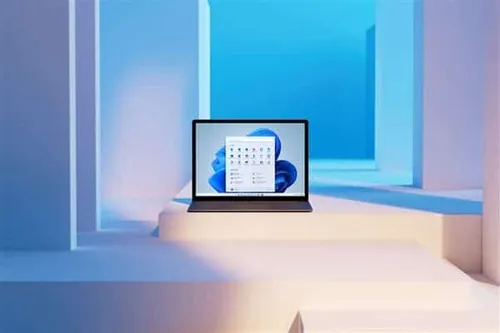
More interestingly, the Windows Subsystem for Android is listed as available for Xbox consoles. They include the Xbox One family and the new generation of Xbox Series X|S devices. Prior to this, we don’t remember that Microsoft has talked about Android apps running on gaming consoles. But as gaming on Android is a big deal, so this is a useful strategy. Of course, if it happens ever.
What We Know About Windows Subsystem For Android?
As you understand, none of the aforementioned news are official. Microsoft hasn’t talked about Android apps running on Windows 11. The only thing we knew was that it announced the feature at the Windows 11 launch event. Later, it said its launch is delayed.
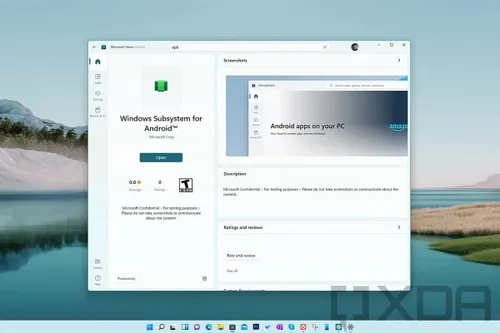
In the keynote speech, Microsoft talked about some details of the Android application integration functions. As Microsoft said, the “Windows Subsystem for Android” is similar to the existing “Linux Windows Subsystem.” The application is displayed in a top-level window, can be pinned to the start menu, resized, and managed like any native Windows application. Behind this feature, Windows 11 creates a proxy local application that handles the bridge between the Android application model and the Windows application model.
Popular News
Latest News
Loading

